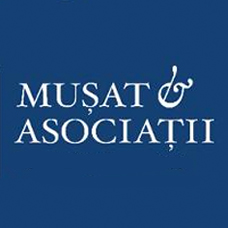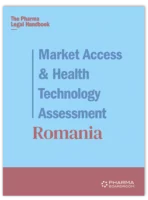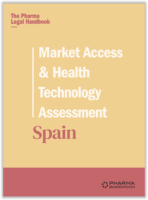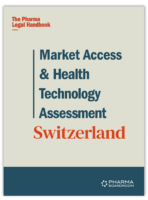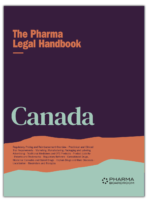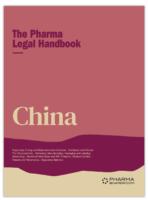Managed Entry Agreements
Mușat & Asociații / Romania
Join industry executives in staying informed on the market access and HTA process in Romania.
1. Are there any Managed entry agreements in place in your country? (If so, please list them)
The Romanian legislation provides for the possibility to conclude cost-volume agreements / cost-volume-result agreements with NHIH, which will provide for certain confidential discounts (referred to as the payback contribution) due by the marketing authorisation holders for the reimbursement of certain medicines in the national health insurance system and/or in the national health programs.
These agreements are typically concluded for the medicines which received a conditional reimbursement decision further to the HTA evaluation performed by NAMMD.
The legislation in force provides certain limitations to the types of agreements which could be concluded in connection with the pricing and reimbursement of medicines. It is expected that the legislation will be amended to regulate certain other scenarios where a pharmaceutical company could conclude other types managed entry agreements with the Romanian authorities.
2. For each Individual Managed entry Agreement, describe the fundamentals of the Managed entry Agreement, its rationale and the process for implementing it.
Both the cost-volume and cost-volume-result agreements could be concluded by a marketing authorisation holder/its legal representative with NHIH, in the cases in which the applicant for the reimbursement of a medicinal product in the Romanian health insurance system received from NAMMD a conditional inclusion decision further to the HTA.
The rationale for implementing cost-volume and cost-volume-result agreements is to allow the reimbursement of certain medicinal products under the national health insurance system and/or the national health programs, for the benefit of the patients in Romania.
As regards the implementation of the cost-volume and cost-volume-result agreements, it should be stressed that:
- cost-volume and cost-volume-result agreements based on a conditional inclusion decision issued by NAMMD following the HTA;
- the standard clauses in the cost-volume/cost-volume-result agreements are provided by the law;
- the marketing authorisation holder/its legal representative should pay a payback contribution for the inclusion of the concerned medicines in the INN reimbursement List (i.e., ranging between 25% – 75% of the value borne by the state, for each quarter);
- the performance of the cost-volume and cost-volume-result agreements is monitored by the NHIH.
3. When should this Managed Entry Agreement be considered?
Both the cost-volume and cost-volume-result agreements could be concluded by a marketing authorisation holder/its legal representative with NHIH, in the cases where the NAMMD issued a conditional reimbursement decision further to the HTA concerning the reimbursement of a medicinal product in the Romania.
4. Which are the specific requirements to implement the Managed Entry Agreement.
The specific requirements to implement the cost-volume and cost-volume-result agreements are, as follows:
- the duration is of 1 (one) year, as provided by law, with the possibility to renegotiate and conclude new agreements annually;
- the medicines subject to cost-volume and cost-volume-result agreements will be prescribed by the physicians and released to the patients in Romania;
- the number of eligible patients is decided by the Ministry of Health’s specialty commissions and published by the NHIH before the commencement of the negotiation proceedings;
- the performance of the cost-volume and cost-volume-result agreements is monitored by the NHIH;
- the marketing authorisation holder/its legal representative should pay a quarterly payback contribution (i.e., ranging between 25% – 75% of the value borne by the state, for each quarter).
5. What is the potential impact on the product uptake?
N/A
6. What are the potential challenges associated with this Managed Entry Agreement?
The potential challenges associated to cost-volume and cost-volume-result agreements relate mainly to the fact that such agreements could be considered insufficient for the long-term situations, given their annual renegotiation and conclusion and complex proceedings provided by the law in this respect, the calculation of the relevant number of eligible patients, the payback contribution due by marketing authorisation holders, the issuance of the therapeutic protocols relevant for the prescription of medicines and for the implementation of the agreements, etc.





